What better way to spruce up your fall interior than with actual fall leaves? Their naturally beautiful and charming appearance can provide aesthetic value to home decor. If you decide on incorporating autumn leaves into your interior design, however, you may want to treat them in order to maintain their bright colors; preserved leaves will most likely last the entire season and maybe even longer. Fortunately, you can preserve autumn foliage in several ways such as pressing, dipping in wax, and treating with silica gel. These methods are fairly easy and can be perfect DIY projects for the weekend.
Methods of Preserving Fall Leaves
Pressing With Books
Pressing leaves is a traditional and the easiest way of preserving them. However, the preservation is shorter than that of other methods. Choose leaves that are either yellow or green with a low moisture level. To press your leaves, all you need is a newspaper and a few heavy books. Simply place the leaves flat between two layers of newspaper and stack a few heavy books on top. Check back after a week to make sure they aren’t rotting. The setback of this method is that the leaves tend to become rather brittle. You can use pressed foliage for home decor that involves craftwork.
Laminating With Plastic
Another method of preserving autumn leaves is by laminating them. Since the leaves need to be dry for this technique, consider pressing them for a few days before feeding them through a laminator. A more “make-do” alternative involves covering your leaves with clear packing tape. Laminating leaves would preserve their color for a fair amount of time. However, they will eventually turn brown. Foliage preserved with this method is great for hanging on walls or windows — but not so much for crafts. One downside of this method is that, due to the plastic used, it is not very eco-friendly.
Glycerin Bath
Treating your leaves with glycerin is a great way to keep them supple, flexible, and natural for a really long time. Yellow leaves are particularly ideal for this technique, but you can’t go wrong with other colors as well. For this project, you will need one part glycerin and two parts water. You can find glycerin in the baking section at supermarkets. Combine the two ingredients in a shallow pan and add the leaves one at a time, making sure they are all submerged. Check back after two days to see if the leaves are supple and pliable; if they still feel dry, wait for another two days. Once they are soft to the touch, hang them up to dry. Glycerin-treated leaves are perfect for garlands, wreaths, and other handcrafted decors.
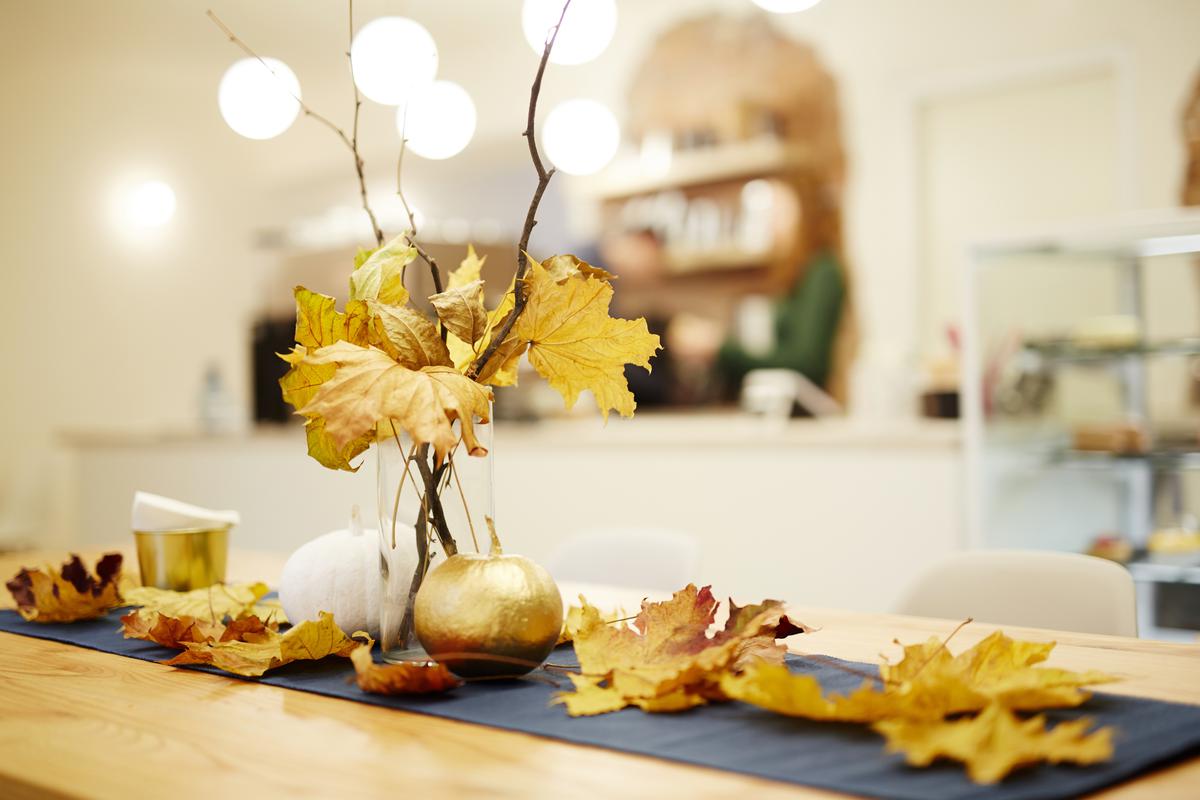
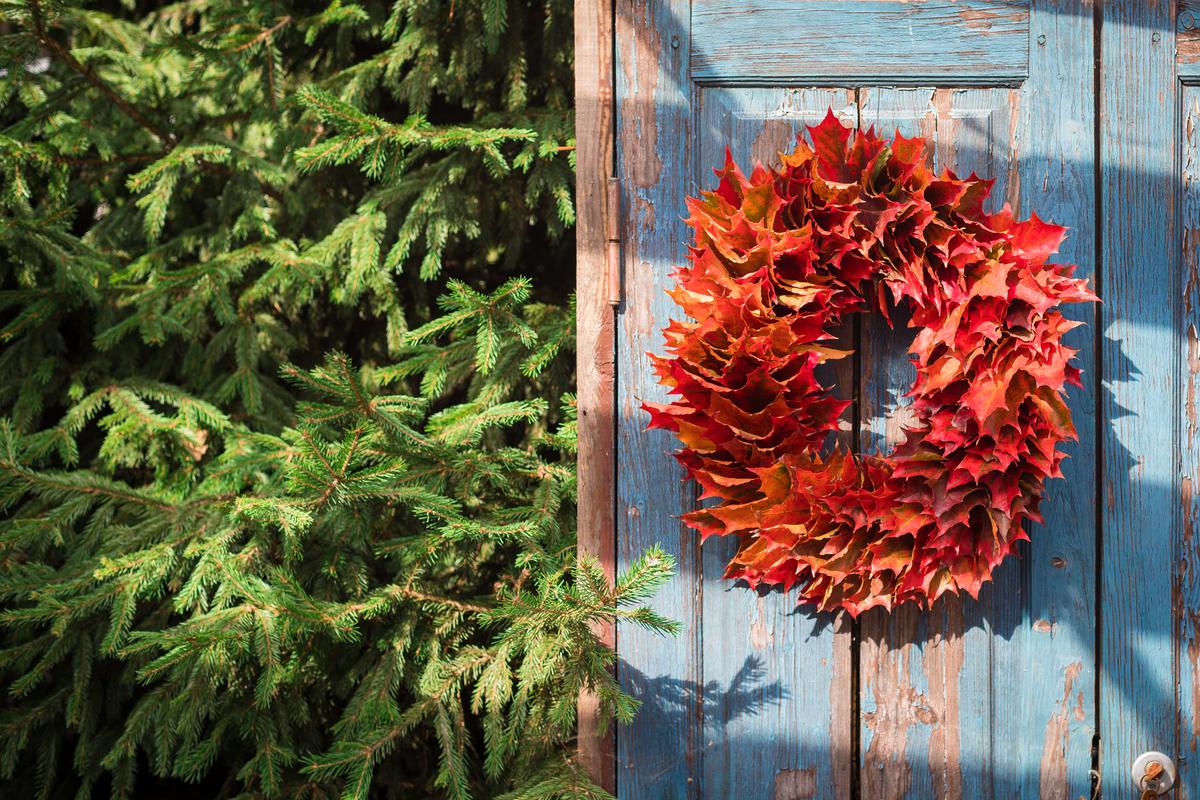
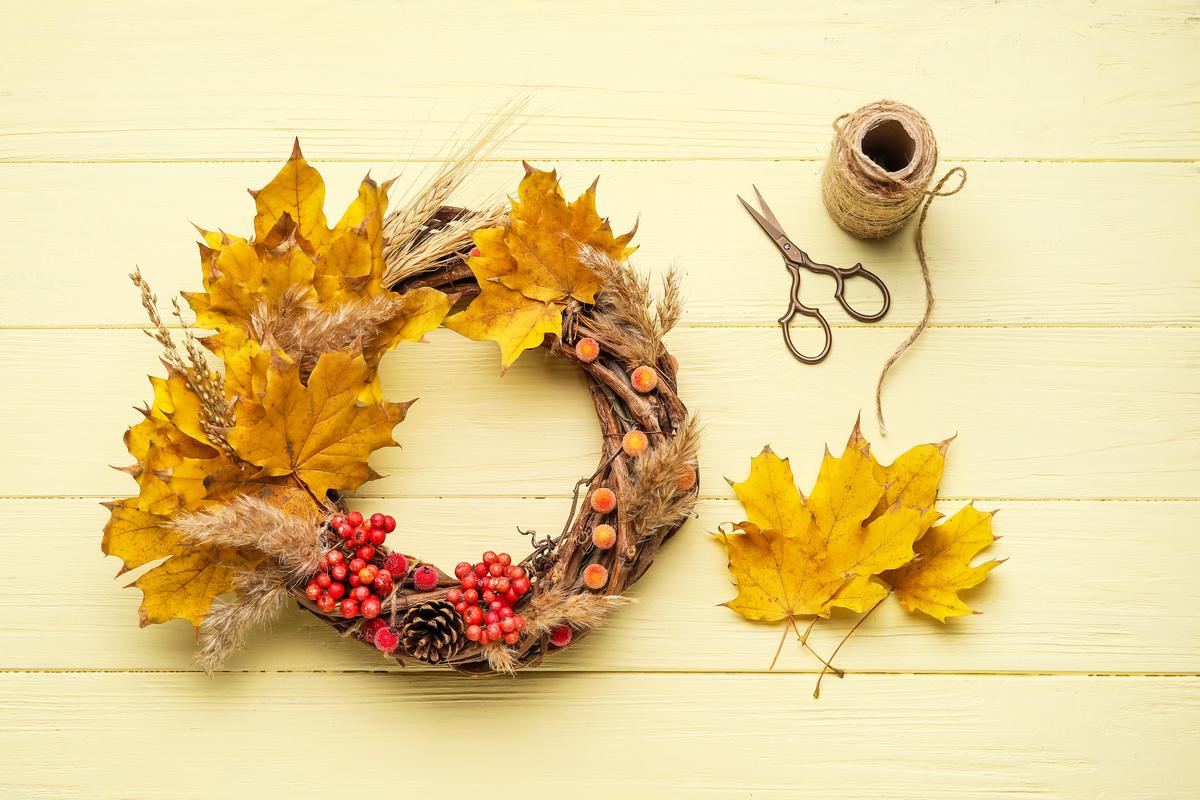
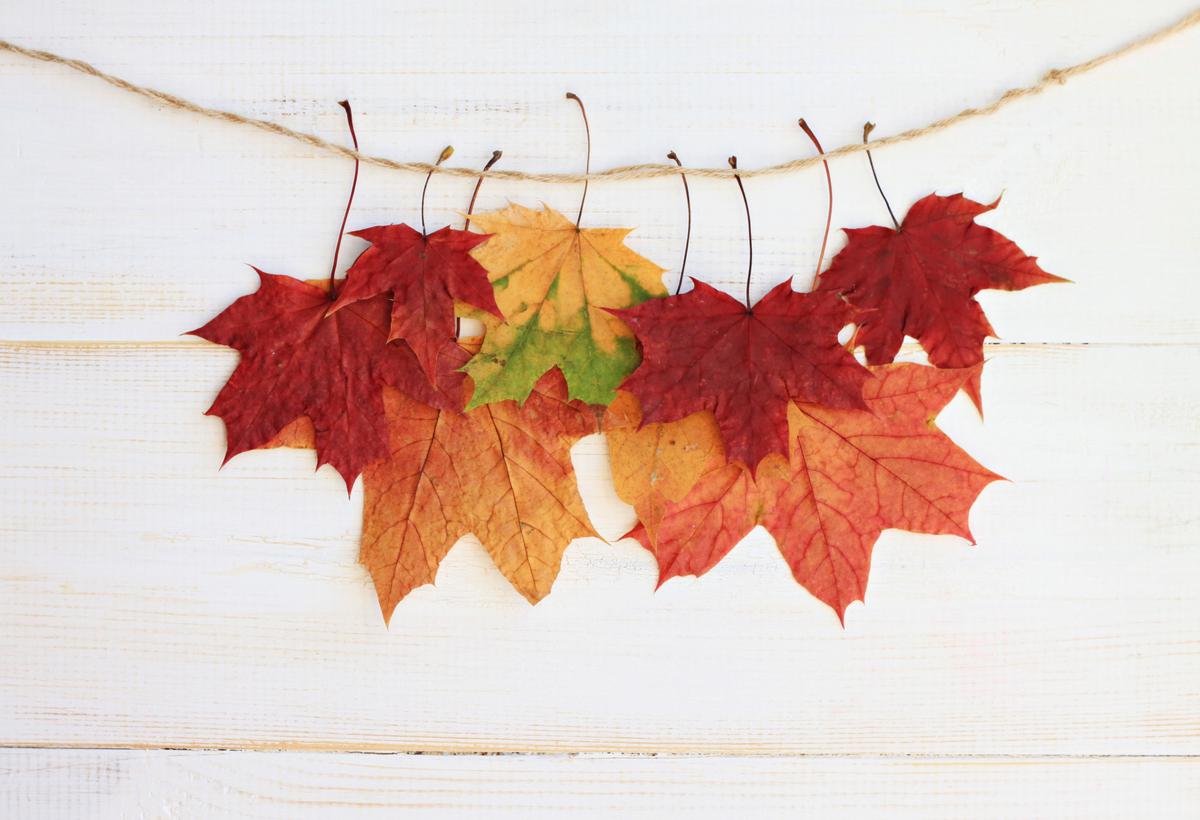
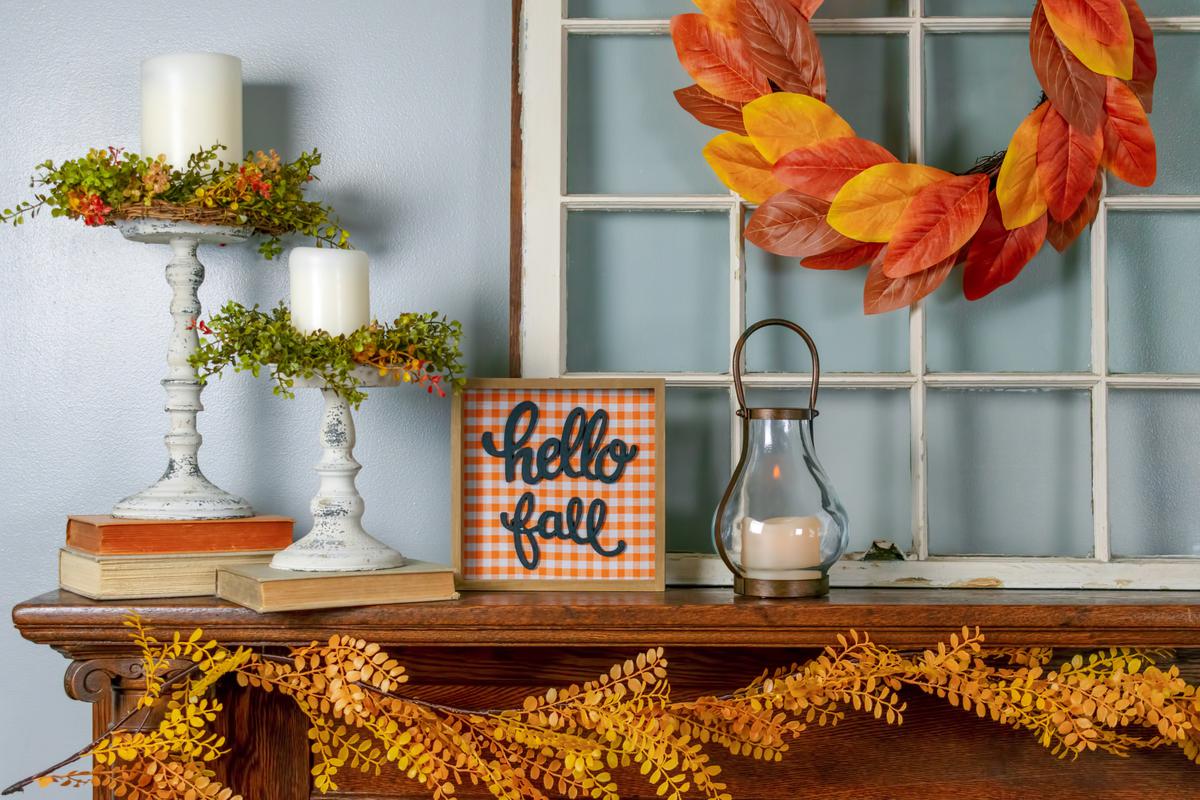
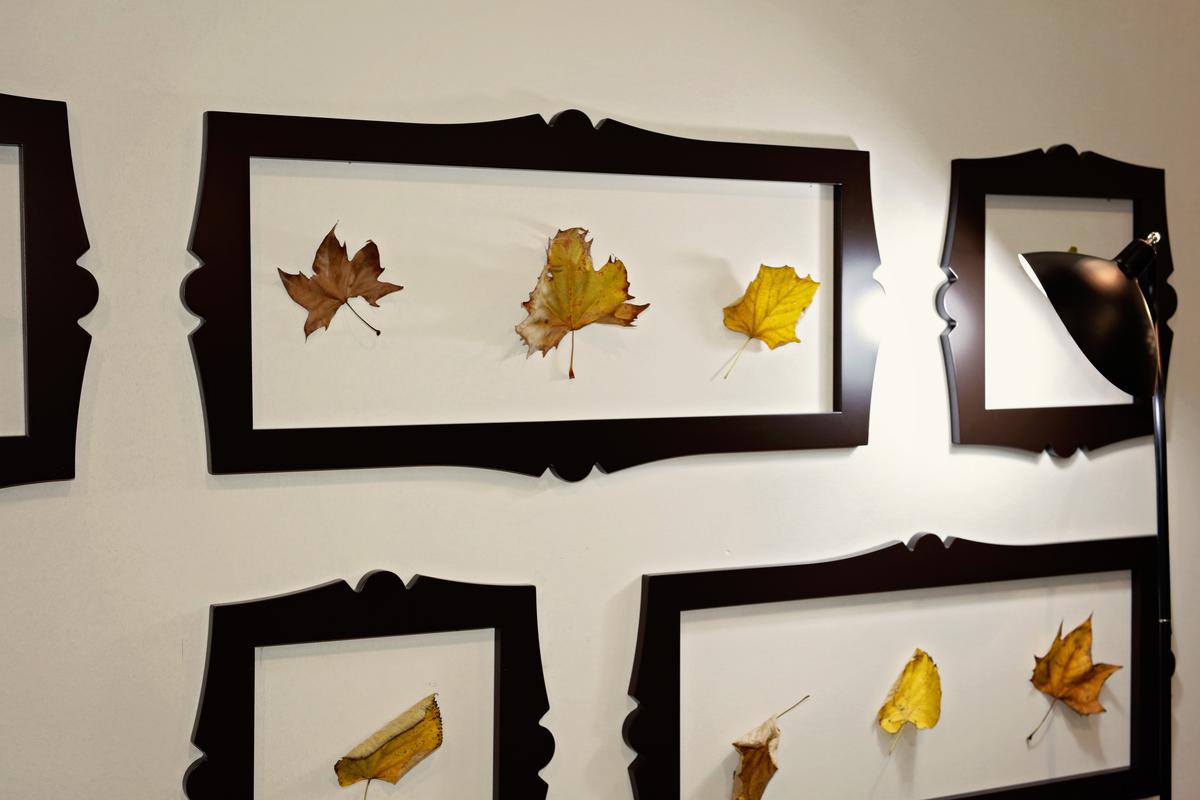

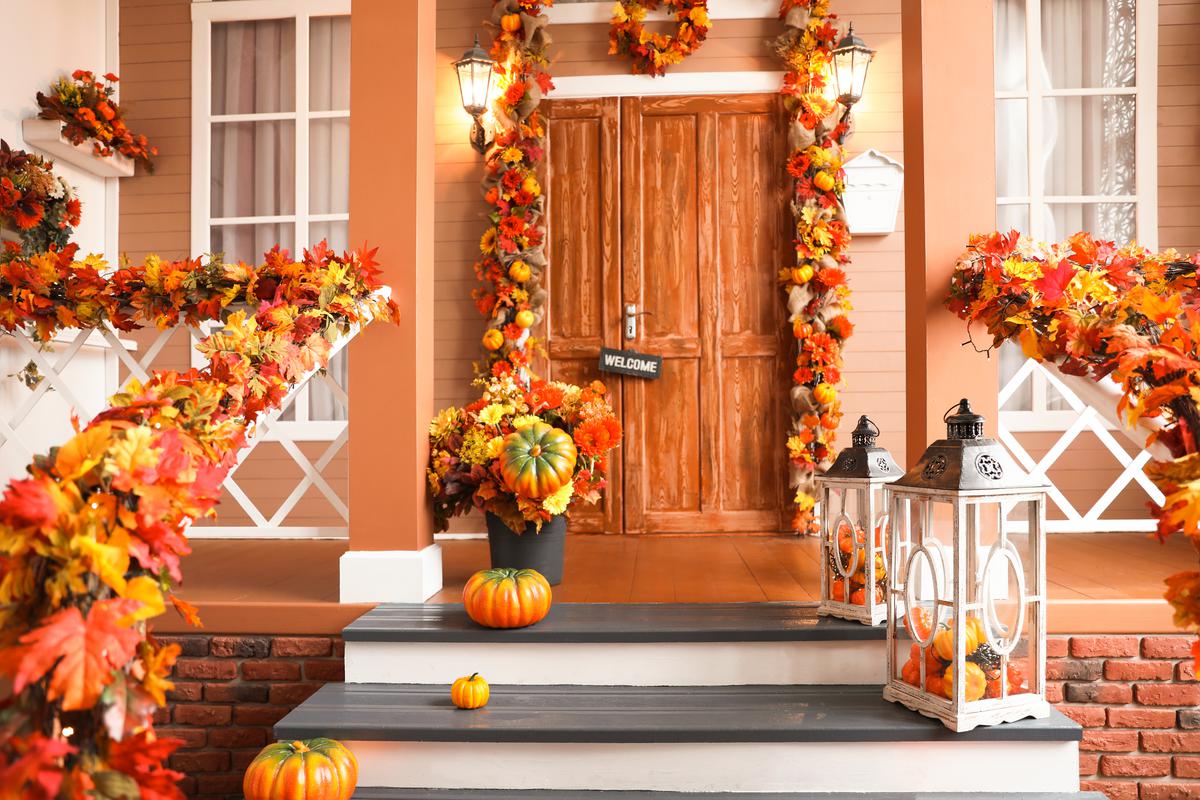
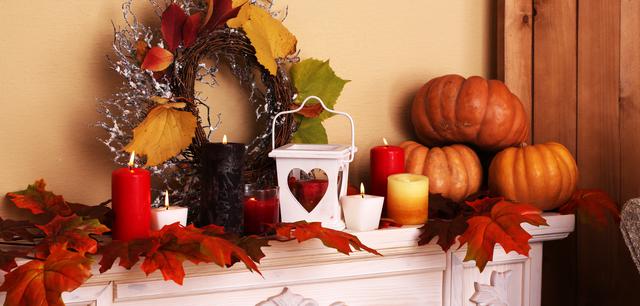

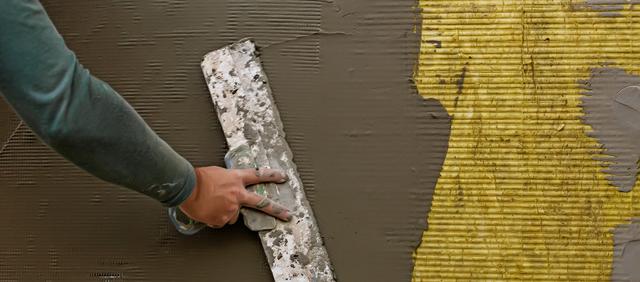

comments